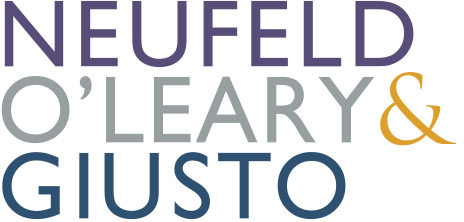On June 25th, the New York State legislature passed a bill which will make it easier for litigants to introduce Google Maps, Google Earth and other digital map images at trial. Google Maps and Google Earth display high resolution aerial images, often for multiple dates, which can be very useful in litigation for purposes of establishing distance, proximity, property conditions, etc. The new law, which is awaiting signature by the governor, should save litigants significant time and money once passed. It also represents yet another way in which legal rules are changing for the better to accommodate new technology.
Typically, when a party wants to introduce photographs at trial, it must present the testimony of a witness that the photograph accurately depicts the appearance of the subject of the photograph at the time the photograph was taken. In some instances, litigants might have to pay for aerial photographers to fly over a desired area and photograph it at a high cost, so that a witness would be available to authenticate the picture. Similarly, in order to use Google’s images under current law, a party must bring in expert or other testimony to establish the accuracy of the pictures. This is particularly complicated when a party wants to use older historic images available via Google Earth.
In some situations, however, New York rules of evidence allow courts to take “judicial notice” of certain well-established facts. The rationale is partly motivated by efficiency; it allows matters to be litigated without the need to present additional witnesses solely to prove facts that are beyond real dispute. The pending bill would amend CPLR 4511, the judicial notice rule, to allow New York courts to take judicial notice of digital mapping service images such as Google Maps or Google Earth at the request of a party.
The bill will make New York State practice consistent with Federal practice, which allows courts to take judicial notice of Google Map images because they “can be accurately and readily determined from sources whose accuracy cannot reasonably be questioned” under Federal Rule of Evidence 201.
An opposing party can still contest the judicial notice by demonstrating that the image does not fairly and accurately portray what it is being submitted to prove. However, the burden is on the party opposing the image instead of on the one submitting it.
The new law will go into effect immediately once signed and should save litigants time and money as well as help speed trials. If you are considering filing a lawsuit or are facing one, contact us for a consultation.
